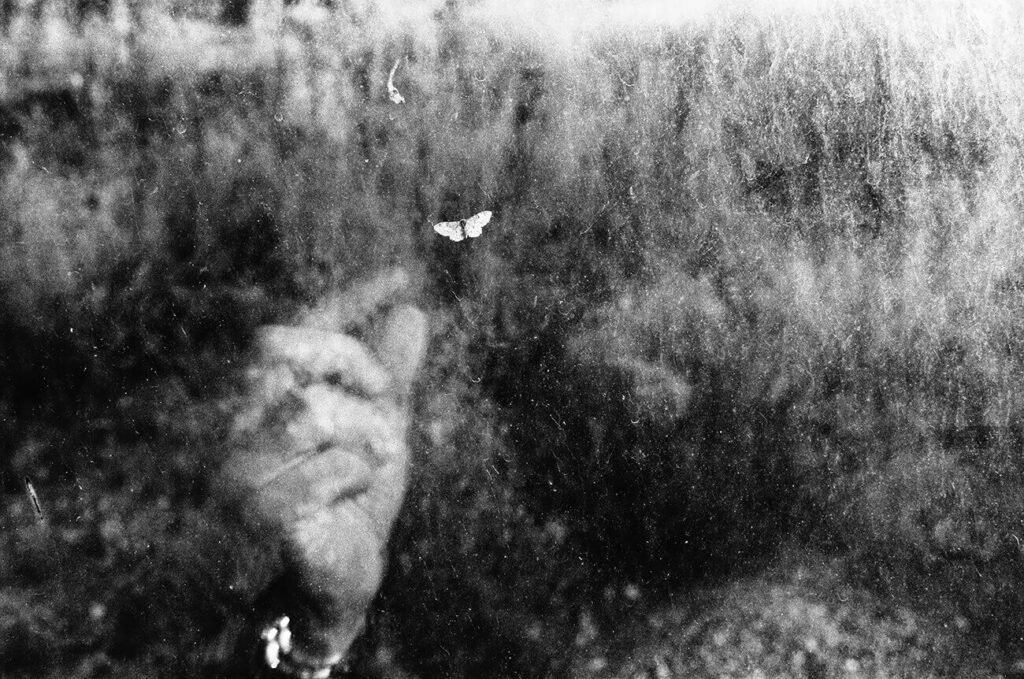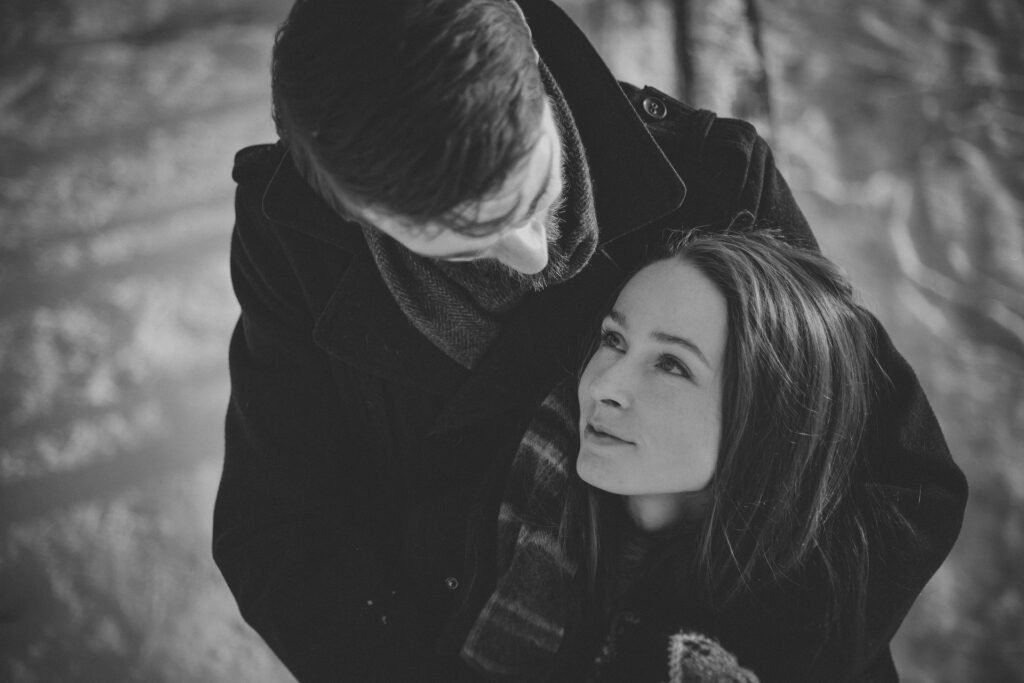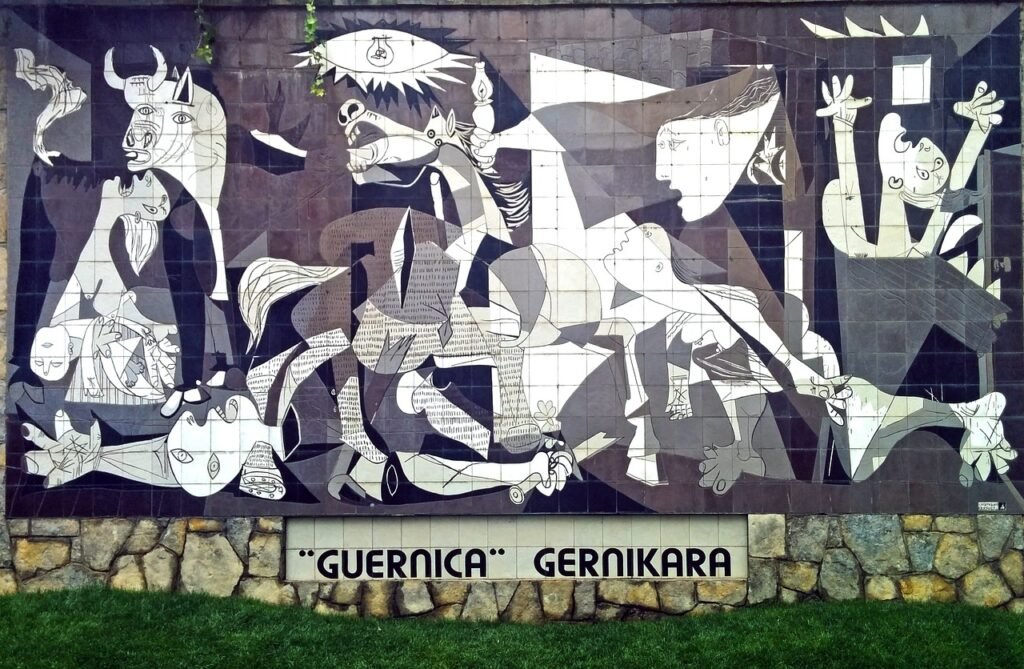A Deep Insight on Photography: Touch the Consumer’s Mind
- November 20, 2024
Photography = Art +Technology
Photography is an amalgamation of art and technology, a fusion of digital artistry and technical skill that manifests our imagination.
In my previous blogs, Product Photography with iPhone and Flat Lay, I discussed the technical precision, accuracy and ratios essential to photographic composition. If you’re interested, feel free to check them out.
This time, I want to dive a little bit into an insightful discussion on philosophical expedition of photography. I will try to portray the core essence of master photography, what happens before and behind the frame, and how a photographer can connect intuitively with viewers by capturing special moments. Stick with me for a few moments; you might find it worthwhile.
Observation: The First Step in Photography
First tip of photography, no it is not exactly a tip, I am going to say it a very basic and fundamental advice about photography, ‘Observe Nature’. Nature means both types of nature, human and the environment surrounding you. There’s a deep interconnectedness between everything in the universe and recognizing this can transform your approach to photography.
Observation is an obligatory for a good photography vice versa essential for product photography also.

Umberto Verdoliva (Italy), Desire & the Way of Beauty
To understand consumer behavior, customer approach, buyer motivations, and how people relate to products, it’s crucial to observe your target audience, whether in person or online. The best principles may be familiar, but they’re often the hardest to apply.
Catch the moment
Our brains naturally store observed information, like snapshots in memory, whether we consciously remember it or not. However, to become a skilled photographer, conscious observation is essential. Start by observing deliberately—whether through a camera lens or a sketchbook or with simple notebook.
Whatever Unconscious observation comes into effect at very little time if we cannot recall it. then let us revise the first advice of photography is as “Conscious or deliberate observation is necessary for Good Photography.

August Revolution in Bangladesh 2024
You can start observing with your camera or a sketch book. The question comes next how to observe nature consciously?
Reading Books: Train the Mind to Observe
If I say now that, one of the most forgotten tips about photography is to read books especially literature. You might surprise, or not. But I will expect from you to get yourself surprised for the sake of my remarks. By nature, human being wants to listen stories.
Ya, we all know that reading books is a good habit and there is nothing new about that, it’s true. Books helps us opening our thousand eyes and let you increase your imagination power, blah blah.

Pixabay.com-Reading Books open Mind
But how it relates with the photography?
Reading books is like training the brain to capture, describe, and express thoughts with ease and originality. provide you language, medium to demonstrate and organize your thoughts to create something. Every photography is also telling a story and reading enhances our ability to express those stories through images, imbuing them with deeper meaning. Photography, like storytelling, is about seeing beyond the visible—to observe with inner sight.
Improvising Creativity and Refining Perspective- Product Photography
Any form of art is the cognitive link between experience and information. Experience includes dreams, memories, and unique observations—continuously honed through practice. Recognize, adapt, and apply the knowledge drawn from experiences to bring your creative vision to life.
Reading allows us to approach compositions from fresh angles, influencing how we arrange elements like color, theme, props, lighting, and texture in our frames. Now you can draw and create a visual story to magnify your theme to connect with the product market.
How? Imagine photographing a product, like a shoe, that’s been photographed in millions of master composition technique, and it’s not a matter of joke that you see a masterpiece and you are able to shoot like that from tomorrow. Only a deep, personal perspective can set your work apart. Building a habit of reading and deep observation takes us beyond the conscious mind and makes us natural observers. The level of standard depends on how much you observe and pocketed those into your memory cell to sell others by connecting your instinct.,
So, how you put your product into your frame that really matters. Think of the product ….

Perhaps you have already understood what I mean to say.
Art knocks at the subconscious mind of a person which communicate through by instinct. Reading habit takes you beyond the conscious level leading you towards a deep observation. And you won’t notice when you have become a universal observer indeed.
Any form of art is the cognitive bridge between experience and information. Experience can include your dreams during sleep. Recognition and revision are two continuous steps that happen in an evolutionary process, emerging through continuous practice. Remember to recognize everything around you, apply the knowledge gathered from your experiences, and implement it in your output.
Travel your mind: Create Contrast to finetune
For product photography, is travelling is necessary? I would say a big ‘Yessss’. I mean not for only different subject, but also for enhancing finetune individual identity. Without traveling one cannot acquire knowledge. There are many wise sayings and quotes are available.
Think of it this way: when you travel, you’re not just moving from one place to another; you’re expanding your mind. Every new environment you experience brings fresh perspectives, much like how contrasting colors in photography can change the entire feel of an image.

Travel broadens not just our horizons, but also our understanding of light, composition, and storytelling.
If you visit a desert, you can practically feel the color tone, scorching heat, warmth, struggle etc. what will be added into your photo when you are going to create something like ‘Desert Rose’ [by Sting]
A photographer might find inspiration in the bustling markets of a remote village or a lonely beach of Coral Island ‘Saint Martin’ with a bright full moon—each setting offers something unique that enriches you power feeling the objects of Nature, ‘the Everything’
These experiences fuel creativity and shape how you see the world.
In the end, it’s about blending old and new perspectives to create something meaningful.
Writing: Bring invisible thoughts into visible
Writing your every observation in text is an invaluable approach to any artist. While some may rely on memory alone, even the most vivid ideas often fade with time. For creatives, maintaining a habit of writing can make the difference between lost inspiration and developed insight.

Wring habit in mere a pocket notebook, is a very helpful for creative person. You may find to see a stunning silhouette in the evening sky, for example, jot down every detail—the shape, the light, the mood. If photography is accessible at that moment, capture an image, but writing allows you to describe subtleties beyond the lens, adding an interpretive layer to the scene.
Writing also encourages deeper contemplation, allowing you to return to an idea with fresh thoughts. Over time, these written reflections can evolve into more complex ideas, ready to inform your next project. Developing such a habit strengthens your ability to combine observation with critical thinking, honing a unique voice in your photography.
Important Wrap-Up: Integrating Essential Practices for Photographic Mastery
To genuinely advance in photography, it is crucial to embrace reading, traveling, and writing as interconnected practices. Each of these activities enhances the others, creating a rich blend of skills and insights that sharpens your creative vision. Reading broadens your theoretical understanding and knowledge, travel introduces new perspectives and experiences, and writing helps clarify and refine your observations, anchoring them in memory and giving them depth.
Technology plays an important role, helping you translate your creative ideas into reality. Advanced tools and techniques can enhance your vision, but without a strong grasp of composition, aesthetic beauty, and storytelling, technology alone cannot create compelling art. In fact, a well-trained eye and intuitive sense of visual harmony can often produce powerful images even without the latest technical equipment.

In essence, a photographer’s true power lies in their ability to see and interpret the world thoughtfully. Technology serves as a valuable aid, but a genuine understanding of beauty, balance, and meaning is what transforms a photograph into a piece of art.
Monologue of an Unknown Photograph:

It’s okay that the featured image is not a world-famous photograph, collected from a free online source pixabay.com, even doesn’t require any attribute, no trace of real photographer; Not all masterpiece necessarily gets recognition. It’s an Irony of the world.
Nevertheless, it is a beautiful piece of art, don’t you agree? Look into her eyes and try to read her expression. Discover the chemistry of their connection—of course, it’s love, but their intimacy hints at a shared story, perhaps from their past. It will make you smile. The photograph was taken from a 45-degree ‘top shot’ angle, ‘chosen to emphasize the subtle, hidden aspects of an unknown image ‘black and white.
Observe it as long as you can. Try to figure out what the image is trying to convey. Write it with an explanatory note; send it in the comment box if you’d like to discuss it further.
Worship the Gurus
I can guess what you’re thinking right now—if you’re still with me on this blog, you might be saying, “OMG, this is a lengthy process! It will take years to become a master photographer!” Yes, it’s evident; there’s no quickest route to mastery. It takes dedication, patience, and an open mind willing to absorb lessons from the greats.
However, one strategy that can fast-track your progress: finding your own style. To do that you have to study the Master of Photography and art.

Starving Child and Vulture, Kevin Carter, 1993
Source: https://www.boredpanda.com/top-100-world-photos-influential-all-time/
Your genre will ultimately depend on your unique personality and artistic goals, but learning from those who have already perfected their craft will guide you in developing a signature approach—whether in product photography or any other genre. You can be versatile, everything you learn will add value to your eCommerce product photography, too. But eventually, you’ll need to become — a “jack of one trade.”
There’s nothing entirely new in art, yet no limit to it either; most foundational concepts in composition, light, color, and storytelling have already been explored and refined over centuries. ‘The Masters of Art’ before us have laid the groundwork, experimenting with ideas and techniques that left a timeless impact.

Pablo Picasso – Guernica
Many of the creative “voyagers” have walked the very path you now wish to embark upon. Take, for instance, how Leonardo’s contributions set a foundation upon which Picasso built or how the surreal worlds of Salvador Dalí continue to captivate viewers with their depth and mystery. Without understanding these trailblazers, our own journey remains incomplete.
Analyze not just the final images but the thought processes, the decisions they made in composition, lighting, and detail. Consider how their cultural context and personal experiences influenced their work, as every masterpiece is a product of both technique and vision.

The persistent of Memory by Salvador Dali
Take Salvador Dalí, for instance—his work is astonishing. Have you ever pondered the depth behind it?
Contemplate Dalí’s surreal dreamscapes, filled with intricate details and psychological depth. What technical skills did he employ? How did his philosophy shape his work? The more you meditate on these questions, the deeper your understanding will be, providing you with valuable insights to integrate into your own practice.
Embrace Humility: Learn with Reverence and Curiosity
So, I don’t need to clarify now how these hypothetical and philosophical discussions can help improve your ecommerce product photography. You can relate easily with the wired Dali’s master work with your ‘shoe’. Ya, creativity is of course a fun, and it is always interesting. In your pursuit of mastery, approach these artists with humility. Treat their work with reverence and study it not to replicate, but to internalize the principles that made their art powerful. Your goal is not to become a replica of your influences but to absorb their wisdom and apply it in your own way.
